
views
Noticing Physical Symptoms
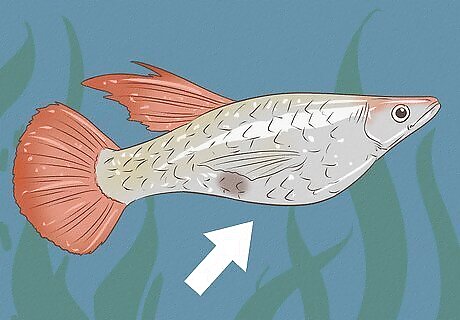
Notice a belly bulge. Like women, the female guppy will get larger, as if it's being inflated. Sometimes this can just be bloating and not pregnancy. But if you monitor your guppy’s belly for several weeks and it continues to get bigger over time, your guppy is probably pregnant. Your female guppy is getting close to delivery time when she is very large and has a boxy appearance. It takes about a month for the fry to be ready for birth.
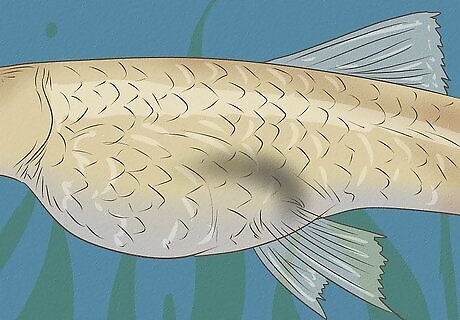
Watch the gravid spot. It'll take a couple weeks for a gravid spot (a spot near the butt of the guppy) to appear darker. When it does darken, this will prove that your guppy is pregnant. It may be orange or dark in the beginning, but through the pregnancy it can change between these two. You can tell if your guppy is very close to having the babies when you can see little dots (the baby guppies’ eyes) in the gravid spot.
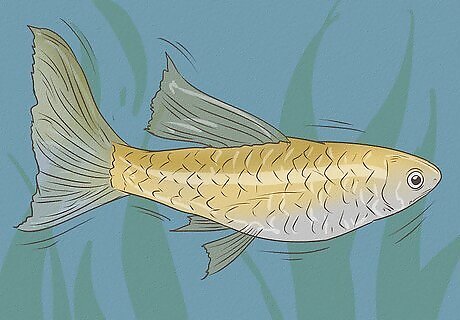
Monitor for body contractions. Another major sign that your guppy is in labor is the appearance of body contractions. This will look like a tightening of the muscles on the surface of your guppy’s body and then they will become looser. This process may repeat itself many times during labor – tightening muscles, then becoming more relaxed.
Watching for Behavioral Indications

Recognize when a guppy is mating. During mating encounters, the male chases the female until she's exhausted, or sneaks up on her. The male erects his anal fin and inserts it into the female’s underbelly to inject sperm. The injection can be done simply by the male bumping the female and swimming away. Mating can occur very quickly and often happens without the owners even noticing.
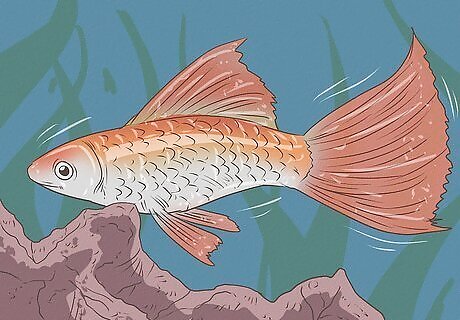
Watch for other symptoms. While not all of these symptoms will be experienced by every pregnant guppy, the signs are a great starting point for trying to determine if your guppy is pregnant or not. Some additional symptoms of pregnancy among guppies include: Shaking or shivering Rubbing itself up against things in the tank – the wall, leaves, decorations Refusal to eat
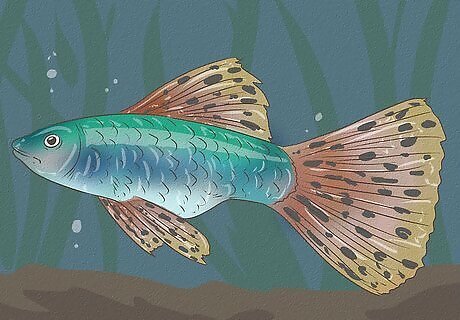
Notice if your guppy seems to be swimming in place. This is one of the most common behavioral characteristics of a guppy that is about to go into labor. Your pregnant guppy will look like it is swimming, while remaining in the same spot in the tank. A guppy in labor may also try to hide from view or display certain aggressive behaviors like fin nipping.
Caring for a Pregnant Guppy

Minimize stress. Remember to care for your pregnant fish properly and don't create any stress for it. During pregnancy, if the fish is stressed out, it's a possibility that she can absorb the babies/miscarry. This means that the babies will not be born. A stressful environment can harm the unborn baby guppies and ruin their chances for survival.
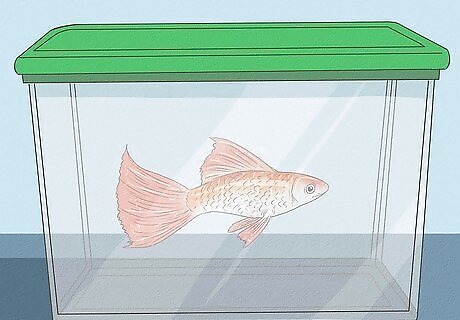
Get a breeding box. Using a breeding box to safeguard your pregnant mother guppy is a great way to ensure the wellbeing of the mother and her fry. However, you have to be careful because breeding boxes can cause stress for pregnant guppies. The shorter time it's in a breeding box, the less stressed out it'll be. Breeding boxes, or net breeders, are a little chamber that hangs or sticks on the inside of your tank to isolate sick fish, aggressive fish, pregnant fish, and fry. Breeding boxes are quite inexpensive and usually last through many uses. It’s a great investment for something that can save the life of your guppy and her fry. You want to keep the pregnant female in the breeding box for as little time as possible to minimize stress. So watch for symptoms of labor and put her in the breeding box when she is close to having the fry. If the guppy has been in the breeding box for 24 hours and hasn't given birth, let her back into the main tank. Try slightly increasing the temperature of the water, which can help the birthing process. To get the guppy in the breeding box, you can use a fishnet and gently transfer her into the breeding box.
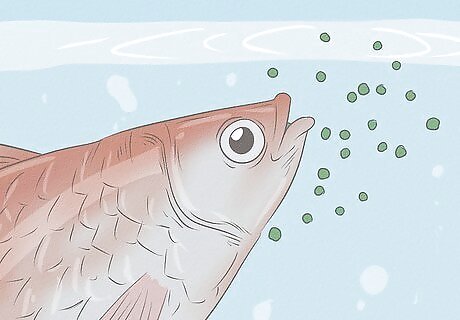
Feed the pregnant guppy. When your guppy is pregnant, you want to give her a well-balanced diet to ensure she doesn’t get a nutrient deficiency. This means that you should feed her a variety of food for the duration of her pregnancy. Try alternating days between regular flake food, tiny fish food pellets, algae discs, krill, bloodworms, or brine shrimp.

Return the guppy. Once the babies have matured in a breeding box/net breeder, or a recommended 10 gallon (and up) nursery tank, they can be returned to the main tank where the breeding box/net breeder had been placed previously for the fry to mature and be protected. This process can take up to four months. You can also choose to keep them in a different aquarium. Having a lot of babies means eventually they'll need a larger tank, for each of them will become around 2 inches (5.1 cm) long and a tank cannot be overcrowded. When tanks are overcrowded, it creates tons of stress. This can even cause the adult guppies to eat their babies.

Clean the tank regularly. You don't want the guppies or the babies to live and grow up in icky, bacteria-filled aquarium that can lead to many diseases which can cause fishy death. The water may look clear, but bacteria still grows. If the water is too warm, bacteria can grow faster. Many fish can get Ich, a rot that forms on their tails, bodies, and mouth that can kill small fish in as quickly as 24 hours, while it may take a few days to begin affecting larger fish. To help kill bacteria that cause diseases like Ich, get an Ich/Disease treatment to put in the water. For prevention, aquarium salt applied as instructions say will kill parasites.


















Comments
0 comment